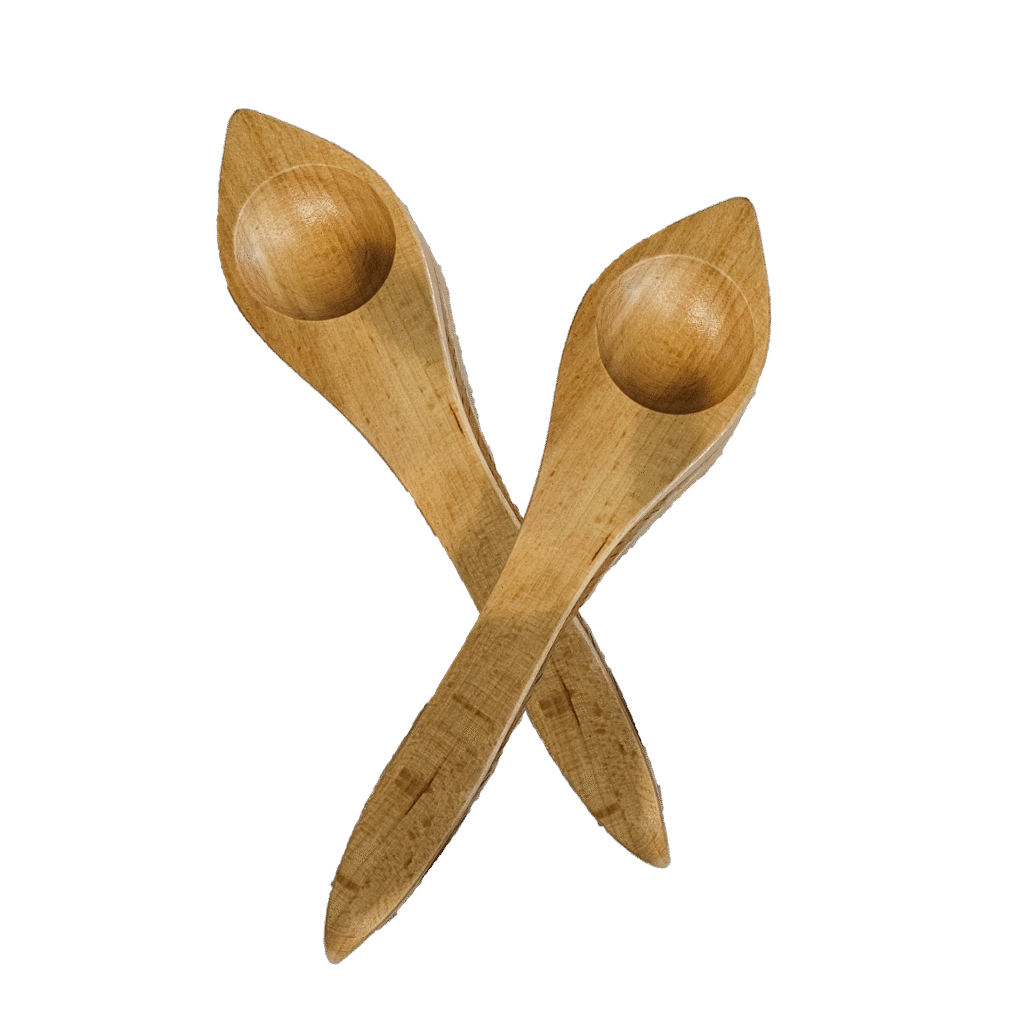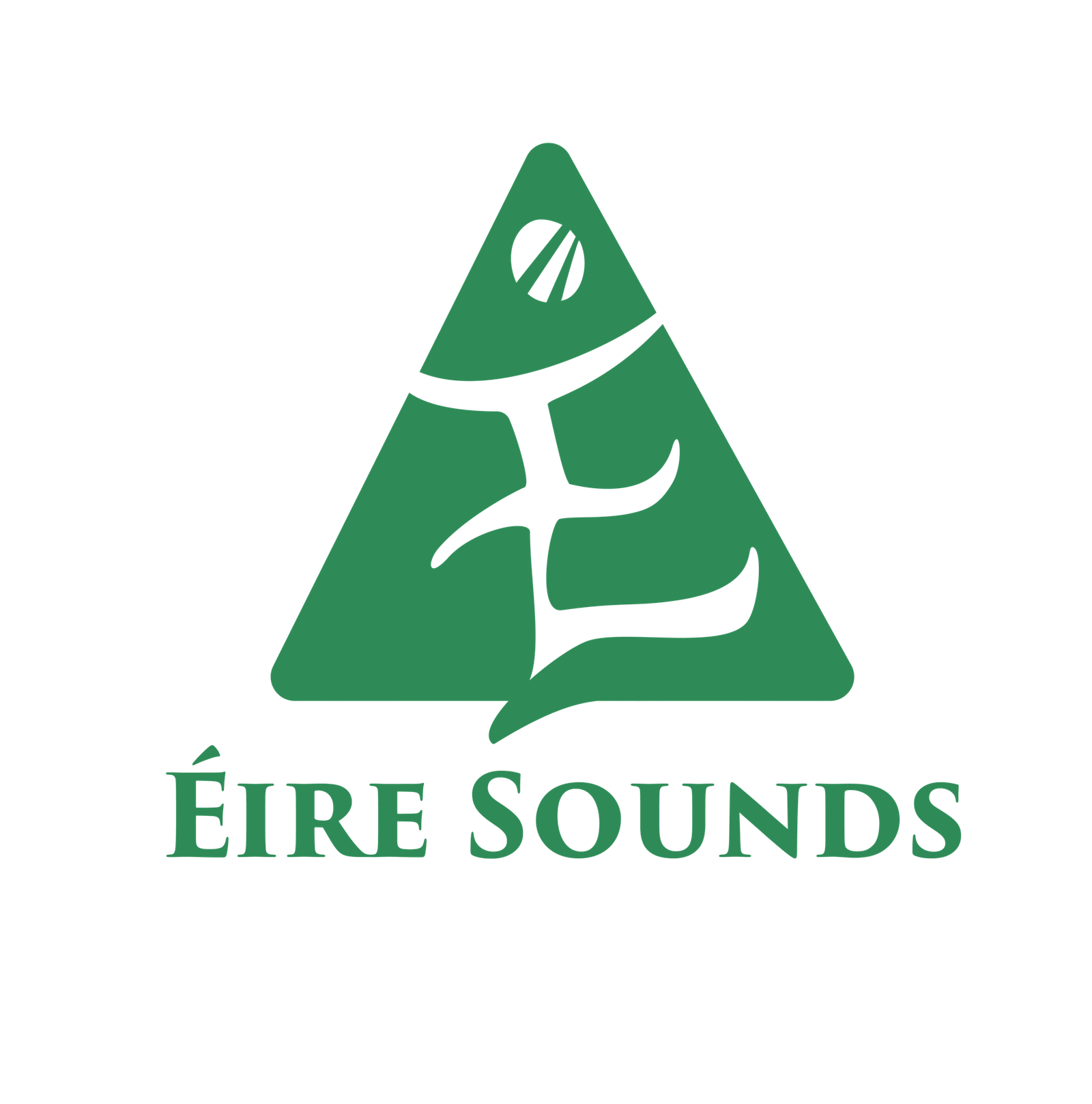Description
Irish spoons are typically wooden and carved in pairs, often hinged together at the handle end to facilitate rhythmic striking.
Playing Technique
Held in one hand and struck against the other palm, arm, or thigh. The joined design gives more control over rhythm and variation.
Usage in Music
Adds percussive sparkle in folk sessions, dancing, and lighter accompaniment. Often performed solo or with bodhrán.
Notable Performers
Included in instruction by Tommy Hayes, who demonstrates authentic spoon‑playing along with bones and bodhrán (McNeela Music).
Historical Context
- Everyday Origin: Like bones, spoons began as a kitchen utensil repurposed for rhythm. They were commonly used in working-class homes to accompany informal singing, dancing, and storytelling.
- Parallel Traditions: Spoon playing is found in many folk traditions worldwide (e.g., Russian, French-Canadian, American Appalachian), but it took root in Ireland through oral tradition and house sessions.
- Wren Day & Celebrations: Often used in celebratory contexts, especially rural or seasonal festivals where formal instruments were unavailable.
- Mid-20th Century: As Irish folk music entered the concert hall and studio, spoons were rarely used in formal settings but remained popular at local sessions.
- Present Day: Today, spoon playing is seen as both a folk art and a novelty, often taught in workshops or featured in stage performances for entertainment value.

